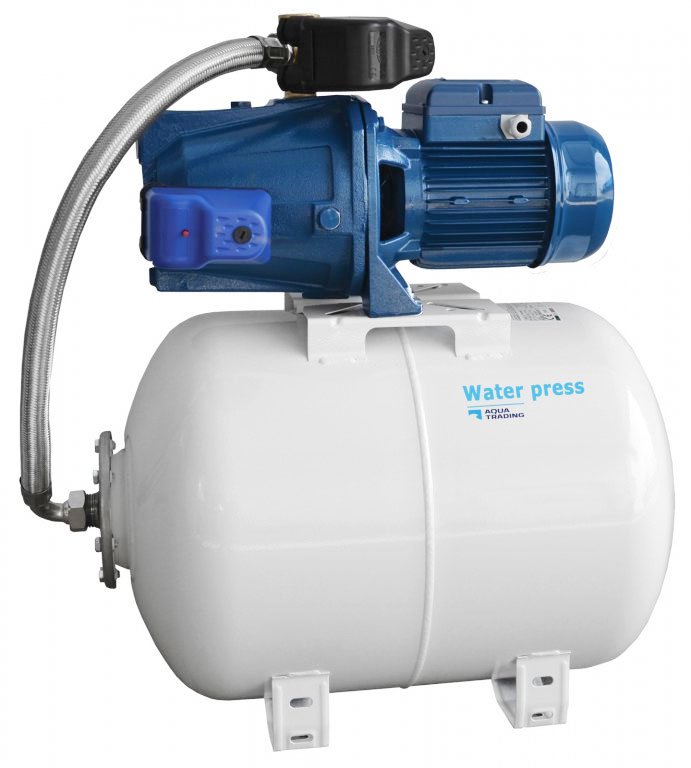
The construction of the Hohenzollern Bridge took place from 1907 to 1911 Kaiser Wilhelm II inaugurated it on. The railway engineer Fritz Beermann headed the project under his direction Friedrich Dirksen worked out the designs. The president of the Railway Directorate Cologne, Paul von Breitenbach, started planning the construction and handed over this work to his successor Rudolf Schmidt in 1906. (At the time, Cologne formed part of the Prussian Rhine Province.) The new bridge was named after the House of Hohenzollern, the rulers of Prussia and German Emperors. The Cathedral Bridge was unable to handle the increasing traffic in Cologne. The bridge was constructed between 19 after the demolition of old bridge, the Cathedral Bridge ( Dombrücke). It is the most heavily used railway bridge in Germany with more than 1,200 trains daily, connecting the Köln Hauptbahnhof and Köln Messe/Deutz stations. However, after its destruction in 1945 and its subsequent reconstruction, it was only accessible to rail and pedestrian traffic. Originally, the bridge was both a railway and road bridge. The Hohenzollern Bridge ( German: Hohenzollernbrücke) is a bridge crossing the river Rhine in the German city of Cologne (German: Köln). Hohenzollern Bridge, with Cologne Cathedral and Museum Ludwig in the backgroundĬologne, North Rhine-Westphalia, Germany Īrch bridge with suspended deck (1911) ġ18.88 metres (390.0 ft) - 167.75 metres (550.4 ft) - 122.56 metres (402.1 ft) (1911)

A model attribution edit summary is Content in this edit is translated from the existing German Wikipedia article at ] see its history for attribution. You must provide copyright attribution in the edit summary accompanying your translation by providing an interlanguage link to the source of your translation.If possible, verify the text with references provided in the foreign-language article. Do not translate text that appears unreliable or low-quality.

Consider adding a topic to this template: there are already 8,981 articles in the main category, and specifying |topic= will aid in categorization.Machine translation, like DeepL or Google Translate, is a useful starting point for translations, but translators must revise errors as necessary and confirm that the translation is accurate, rather than simply copy-pasting machine-translated text into the English Wikipedia.View a machine-translated version of the German article.Besides being inexpensive (around 14€ per adult), it is very nice. You can enjoy a 1 hour trip with the famous Porto's six bridges cruise. Walks along the river and bridges of Porto You can find other places of interest in our section what to see in Porto. In summer it is appealing to see the little boys of the Ribeira bathing in the Douro River and even watch how some of them jump from the lower deck of the bridge.ĭon’t leave Porto without a photo with the bridge in the background.

Next to the bridge, on the opposite side of the Ribeira, you begin to see the first cellars where port wine is aged. It connects Porto with neighboring Vila Nova de Gaia. Yes, the lower-deck level can be crossed on foot or by car the upper-deck can be also crossed on foot and is used by the Porto metro (yellow line or D line). Can you cross the Dom Luis de Porto Bridge on foot? From the top there is an incredible view of the River Douro and the Ribeira. It is without a doubt an outstanding example of the 19th century engineering capabilities. The imposing and elegant two-deck structure made with iron beams seems to be stitched together. For the construction of the bridge an international call for proposals was conducted, and this was the winning design.
Cross river dom plus professional#
And because of this professional relationship, its authorship is often confused.


 0 kommentar(er)
0 kommentar(er)
